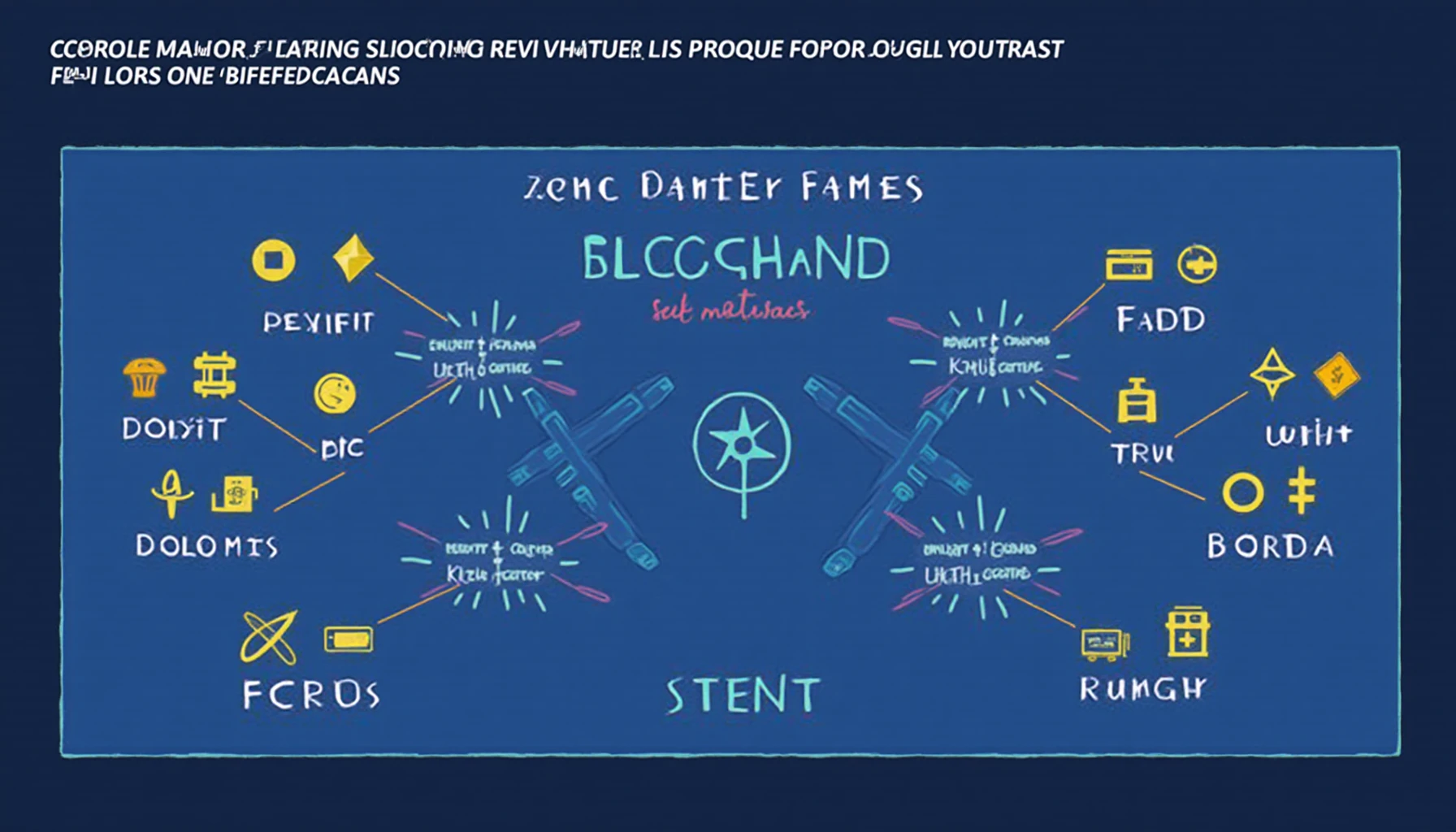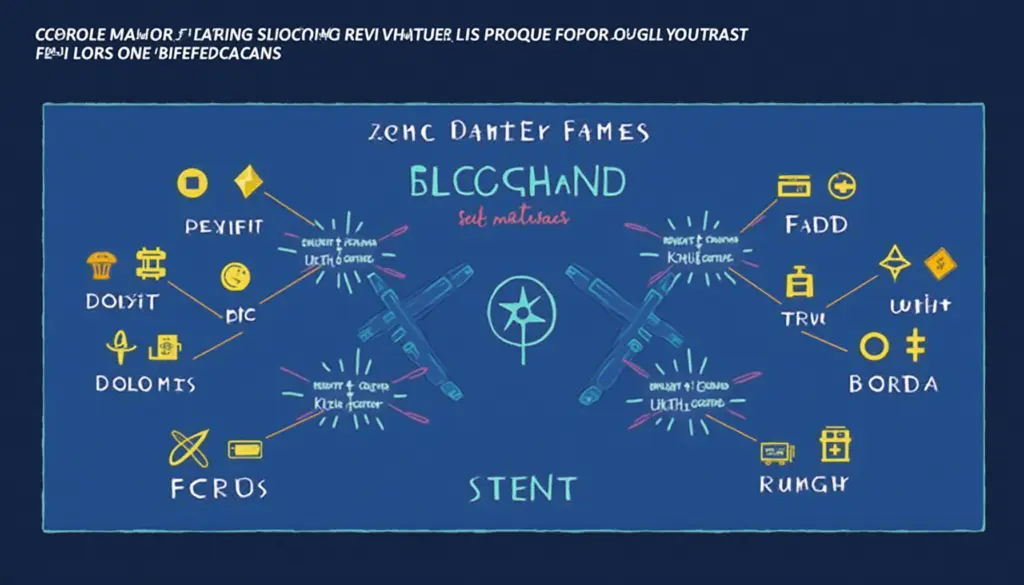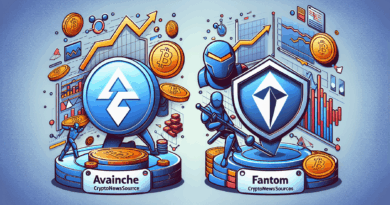Blockchain vs Cryptocurrency: Understanding Their Differences and Common Ground
Introduction: What’s the Difference?
Did you know that while over 5.6 billion people globally are aware of cryptocurrencies, only 23% understand the underlying technology? This highlights the confusion between blockchain and cryptocurrency. Let’s break these concepts down and explore how they relate to the digital asset landscape.
Understanding Blockchain Technology
Blockchain technology serves as the backbone for cryptocurrencies. This distributed ledger technology allows for secure, transparent transactions. Imagine a digital notebook, where every transaction is written down in an unchangeable way, resembling a ledger in a traditional bank. For example:
- Decentralized: Unlike banks that manage your assets, blockchain lets users control their transactions directly.
- Immutable: Once a transaction is recorded, it cannot be altered—ideal for maintaining integrity.
- Smart Contracts: These are self-executing contracts with terms directly written into code, removing the need for intermediaries.
What is Cryptocurrency?
Cryptocurrency, on the other hand, is a digital currency that uses cryptography for security. Most people think of Bitcoin or Ethereum when talking about cryptocurrencies. Here are key points to consider:

- Digital Asset: Cryptocurrencies exist only in digital form and can be used for online transactions.
- Volatility: The market is known for its price volatility, offering opportunities but also significant risks for investors.
Blockchain vs Cryptocurrency: Key Differences
While blockchain and cryptocurrency are often mentioned together, they are quite different. Here are a few distinctions:
- Functionality: Blockchain is the technology enabling cryptocurrencies, while cryptocurrencies are assets that utilize this technology.
- Use Cases: Blockchain’s use cases extend beyond currencies into sectors like supply chain, healthcare, and finance, whereas cryptocurrencies primarily function as a medium of exchange.
- Ownership and Control: Blockchain allows for decentralized control of digital assets; with cryptocurrencies, users can directly own and trade them.
Future Prospects: Investing in Cryptocurrencies by 2025
If you’re considering investing, it’s important to note that several cryptocurrencies are gaining notice. For instance, experts are predicting that 2025 will witness a surge in platforms such as Ethereum and new emerging altcoins. Keep an eye out for:
- Innovative Projects: Many projects are focusing on enhancing blockchain technology.
- Market Trends: Stay updated with the latest trends that might affect price movements.
Conclusion: Learn More and Take Action
In summation, knowing the differences between blockchain and cryptocurrency is crucial for any investor in the digital assets space. Blockchain is the technology, while cryptocurrency represents the currencies built upon that technology. As you explore your investment options for 2025, consider downloading our secure wallet guide to protect your digital assets.
Disclaimer: This article does not provide investment advice. Please consult local regulatory bodies before making any investment decisions.




